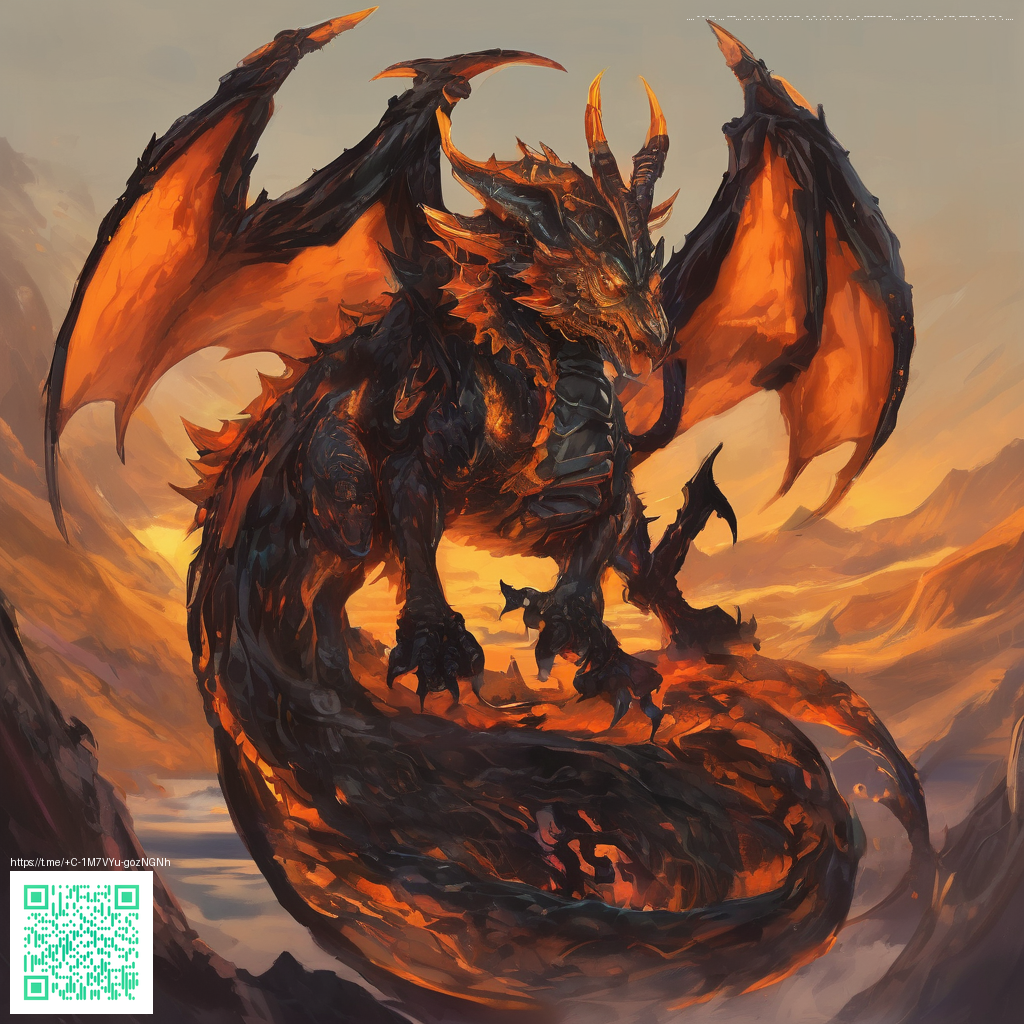
Creating Realistic Seamless Paper Textures with AI Prompts
Seamless paper textures are more than just pretty backdrops. They set the tonal balance for entire designs, influencing readability, depth, and the tactile sense a viewer perceives. When you combine careful prompt crafting with modern AI texture tools, you can coax subtle fibers, nuanced shading, and edge-free tiling that looks natural at any scale. The trick is thinking in layers: base color, grain direction, boundary handling, and light interaction—then guiding the algorithm with precise, repeatable prompts.
To get started, it helps to view your workflow as a collaboration between your creative intent and the AI’s stochastic exploration. You’ll want prompts that specify gentle randomness, minute fiber variation, and a tile-friendly seam. For desktop setups and hands-on testing, pairing your digital process with a tactile reference can streamline decisions during iterations. A practical work setup is described in detail on product pages like this one: Custom Rectangular Mouse Pad 9.3x7.8in Non-slip Desk Mat (https://shopify.digital-vault.xyz/products/custom-rectangular-mouse-pad-9-3x7-8in-non-slip-desk-mat). The mat’s generous surface and steady grip invite you to compare physical texture intuition with generated textures as you iterate.
Core elements that make a texture feel real
- Grain and fiber direction: Subtle, organic fibers that run in irregular, barely perceptible directions help avoid a machine-made look.
- Color variation: Off-white to warm neutrals with tiny specks create depth without distracting tint shifts.
- Seam behavior: Tiles should align so seams disappear at typical viewing distances, with micro-creases that don’t form sharp breaks.
- Edge cues: Gentle shading near tile borders can sell continuity without breaking tiling.
- Lighting hints: Soft, diffusion-like shading across the surface makes the texture feel painted, printed, or scanned rather than flat.
Prompt templates that consistently yield realism
- Generate a 2048x2048 seamless paper texture with subtle flecks, a neutral off-white base (#f7f5ec), and fine high-frequency grain. Ensure tile continuity at the edges and a whisper of fiber direction.
- Incorporate light creases and micro-folds along tile boundaries, with a shallow vignette to mimic a natural scan or print artifact.
- Layer grain: start with a coarse base, add mid-frequency fibers, then apply a micro-grain pass that varies by seed; ensure seamless tiling across all axes.
- Add a soft, watercolor-like edge bleed to emulate ink diffusion on uncoated paper while preserving edge seamlessness.
- Vary the tile orientation with randomized rotations per tile, but constrain the changes so the overall texture remains cohesive when repeated.
Tip: phrase structure matters. Start with the resolution and tile size, then describe color, then specify grain and seam behavior. This keeps the AI focused on the most critical attributes first, reducing rebuilds during testing. When you’re testing sequences, document seed variations so you can reproduce a successful balance in future iterations.
“The best prompts read like a recipe: clear steps, mindful constraints, and a touch of experimentation.”
In practice, you’ll often switch between digital previews and physical references. A tidy workspace can improve focus and consistency. For many creators, a dependable desk mat isn’t just comfort—it’s a dependable boundary for comparing digital textures with the tactile feedback of real materials. This approach helps you calibrate expectations when you’re rendering textures for UI, game assets, or print layouts. For more context and related resources, visit the hub at https://001-vault.zero-static.xyz/index.html.
Beyond aesthetics, consider the practical constraints of your project: tile size, rendering engine capabilities, and the target medium (screen, print, or fabric). If you’re sharing work publicly or collaborating with teammates, documenting your prompts and seed history makes reproduction easier and speeds up feedback cycles. A well-documented prompt chain can be as valuable as any texture file you produce, giving others aStarting point to build variations that fit different surfaces and lighting scenarios.
Putting it into practice
As you refine prompts, track which combinations yield the most plausible grain, the smoothest seams, and the most honest light response. The practice is iterative: adjust fiber density, then test cross-tile continuity, then re-evaluate hue consistency under varying light. The result is a library of seamless paper textures you can adapt across projects, from UI backgrounds to concept art backplates.
Similar Content
Explore more concepts at this hub: https://001-vault.zero-static.xyz/index.html